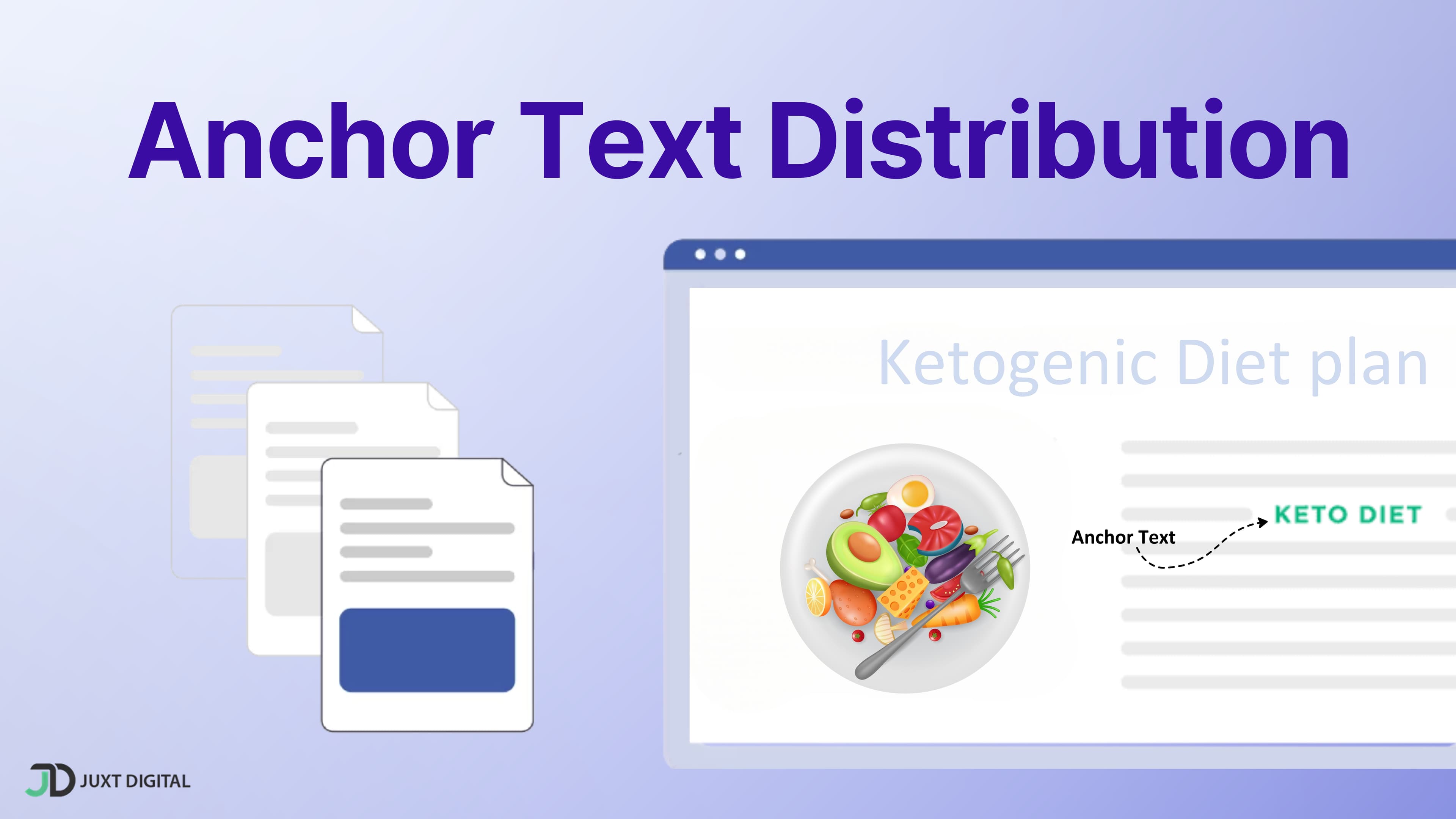What Is Anchor Text?
Anchor text is the clickable text within a hyperlink visitors see and use to navigate websites. It provides context to both users and search engines about the link's destination and the relationship between the linked pages. Optimizing anchor text is a crucial aspect of SEO because it can influence how search engines understand and rank your web pages. For example, using relevant and descriptive anchor text can help your site get featured snippets and rich results on search engine results pages (SERPs).
Types of Anchor Text
There are various types of anchor text, each with its implications for SEO. Here are some of the most common types:
- Generic: These are common words or phrases that don't precisely describe the linked page, such as "click here," "read more," or "learn more." For example, "To learn more about SEO, click here."
- Exact-match: This anchor text uses the keyword phrase you want the linked page to rank for. For example, if you want to rank for "best running shoes," the anchor text would be "best running shoes."




